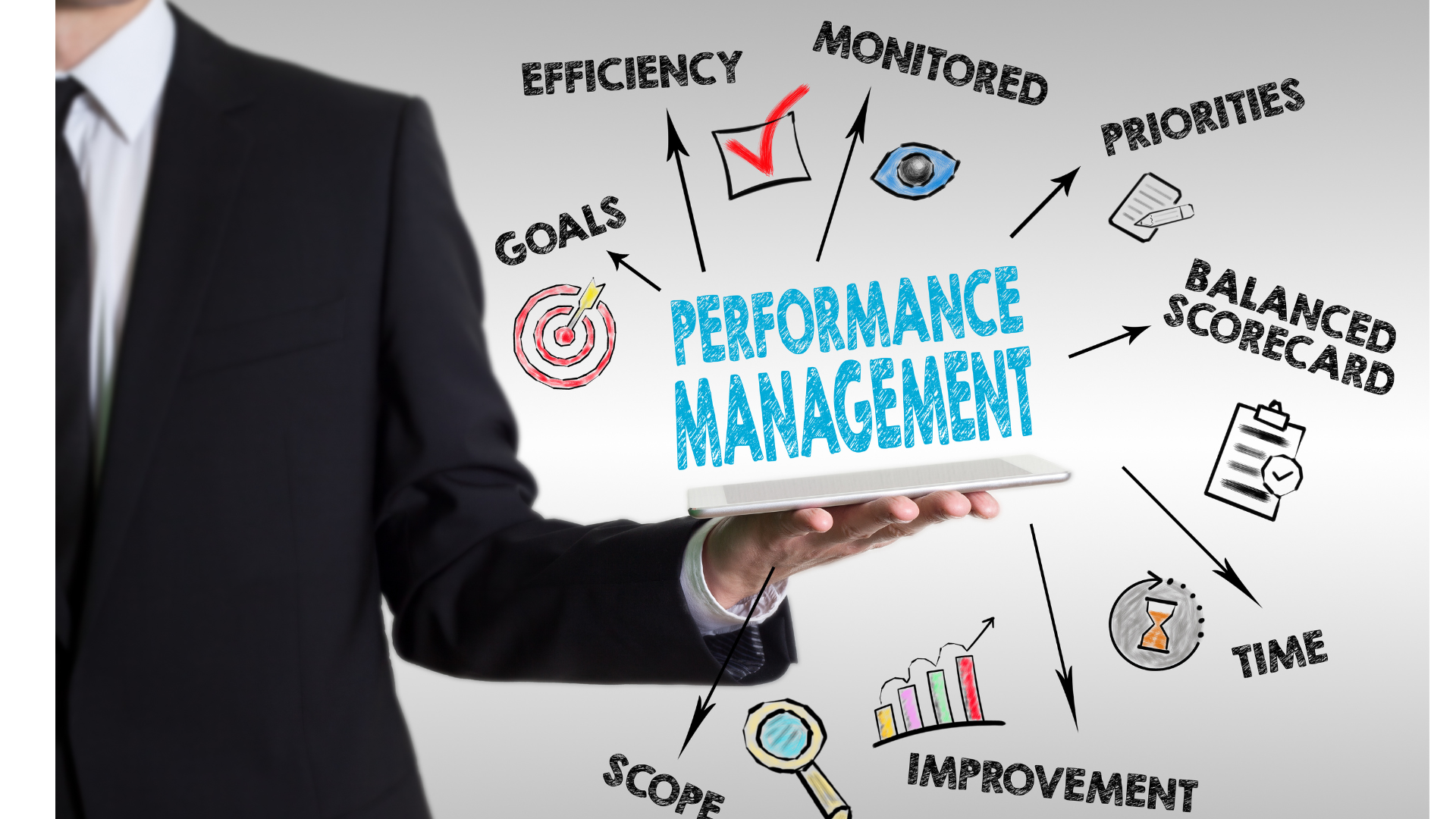Agile Performance Management: Navigating the Path to Success

In today's rapidly evolving business landscape, traditional performance management methods have proven to be inadequate in supporting the dynamic needs of organizations and their employees. Enter Agile Performance Management - a transformative approach that aligns individual and team goals with the ever-changing demands of the modern workplace. In this blog, I will delve into the key principles, benefits, and implementation strategies of Agile Performance Management, shedding light on how it can revolutionize the way businesses manage and develop their talent.
Understanding Agile Performance Management
Agile Performance Management is an adaptive and iterative approach to managing employee performance that draws inspiration from Agile methodologies used in software development. At its core, Agile Performance Management emphasizes continuous feedback, collaboration, and flexibility to achieve optimal results. This approach contrasts with the traditional annual review process, which often leads to delayed feedback and disconnection from the evolving goals of the organization.
Key Principles of Agile Performance Management
- Continuous Feedback Loop: Agile Performance Management encourages ongoing conversations between managers and employees. Regular check-ins provide opportunities to discuss progress, address challenges, and make real-time adjustments to goals and objectives.
- Goal Alignment: Aligning individual and team goals with the organization's strategic objectives fosters a sense of purpose and direction. This alignment helps employees understand how their contributions contribute to the bigger picture.
- Adaptive Goal Setting: Agile Performance Management embraces the idea that goals should be adaptable to changing circumstances. As business priorities shift, employees and teams can modify their objectives to stay aligned with the evolving needs of the organization.
- Collaborative Approach: Cross-functional collaboration and open communication are at the heart of Agile Performance Management. Teams work together to achieve shared goals, leveraging each member's strengths and expertise.
- Skill Development: The focus is not solely on evaluating past performance, but also on fostering continuous learning and skill development. Managers and employees work together to identify areas for growth and create actionable plans for improvement.
Benefits of Agile Performance Management
- Increased Agility: The ability to quickly adapt to market changes and organizational shifts is a distinct advantage of Agile Performance Management. Teams can pivot their goals and strategies as needed to stay aligned with the company's objectives.
- Enhanced Employee Engagement: Regular feedback and collaboration empower employees, leading to higher engagement levels. When employees feel heard and valued, their motivation and commitment to the organization naturally increase.
- Improved Performance: Agile Performance Management facilitates ongoing improvement through constant feedback and development opportunities. Employees are more likely to reach their full potential when they receive timely guidance and support.
- Reduced Stress: The elimination of annual performance reviews reduces the anxiety associated with traditional evaluations. Instead, employees and managers engage in constructive conversations throughout the year.
- Fostered Innovation: Agile Performance Management encourages a culture of innovation by providing space for experimentation, risk-taking, and creative problem-solving.
Implementing Agile Performance Management
- Leadership Commitment: Successful implementation requires commitment from leadership to embrace and champion Agile Performance Management throughout the organization.
- Training and Support: Managers and employees need training on Agile principles and effective feedback techniques to ensure a smooth transition.
- Technology Enablement: Leveraging performance management software can streamline the process, making it easier to track goals, provide feedback, and gather data for analysis.
- Pilot Programs: Test the Agile Performance Management approach with a pilot program in a specific department or team before rolling it out company-wide.
- Feedback Culture: Cultivate a culture of open and honest feedback where constructive criticism is encouraged and valued.
Conclusion
Agile Performance Management represents a paradigm shift in how organizations manage and develop their talent. By emphasizing continuous feedback, collaboration, and adaptability, this approach unlocks higher levels of employee engagement, performance, and innovation. As the business landscape continues to evolve, embracing Agile Performance Management can position your organization for success in the dynamic and competitive world of work.
You might also like



